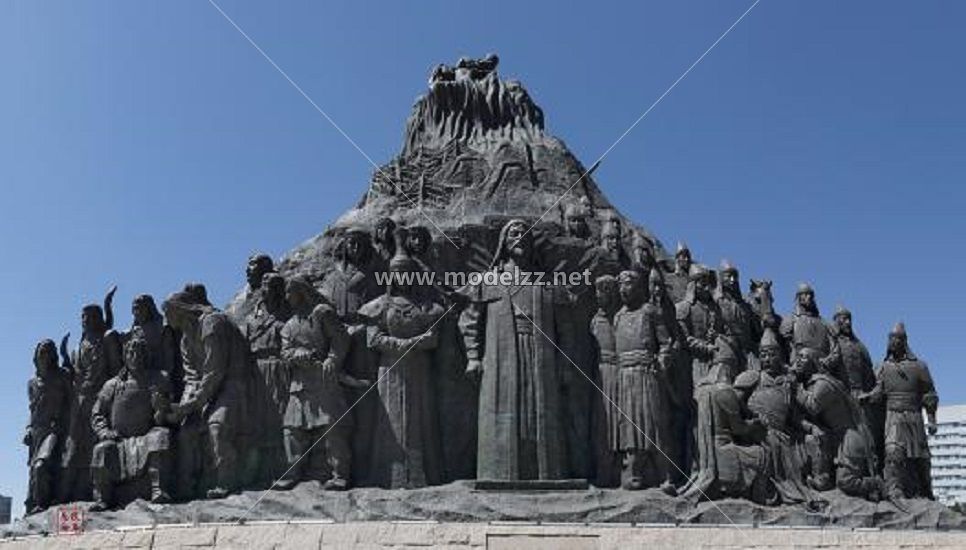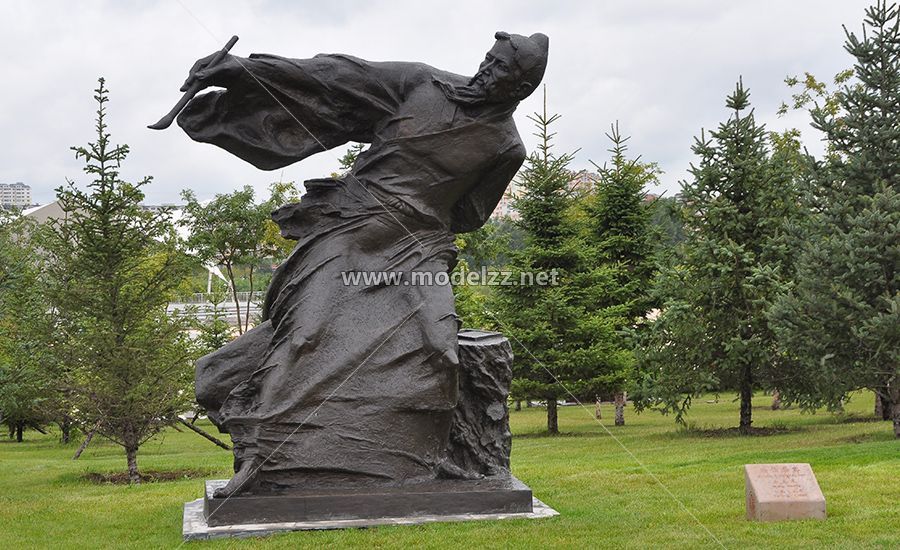Bronze sculptures are made of dark reddish-brown metal made by mixing copper and tin, which are high quality raw materials for building statues. These statues often surrounded by admiring tourists looking up to likenesses of famous or celebrated icons. Bronze has historically been chosen for sculptures and statues because of its ability to be molded in great detail, allowing for individuals to be depicted in an extremely life-like fashion.

The possibility of creating detail when working with bronze has been known and utilized for centuries, the great civilizations of ancient times setting the precedent for making custom bronze sculpture from this well used metal. Compared with other materials for sculpture, copper carving is relatively complex, but the ornaments produced are more artistic, and cast copper sculpture can be stored for a longer time, not easy to be damaged.

The Greeks are thought to have been the first to scale up bronze statues to life sized representations of renowned people. This practice remains in existence today. Despite the vast changes the world has seen since Greek times, copper sculpture and bronze statues are still the most popular metal for cast sculptures. Bronze has not always only been used to create big bronze sculptures, but also incredibly popular for the creation of musical instruments and medals, remaining a commonly used metal for building ship propellers and submerged bearings.
The Assyrian King, Sennacherib who lived around 704-681 BC, claimed to have been the first to create bronze statues, weighing purportedly up to 30 tons. Of course, this claim is difficult to prove or disprove, particularly as many big bronze sculptures from ancient times have not survived into the modern day. Bronze continues into the modern world as an ideal metal for commemorating those important to us.

